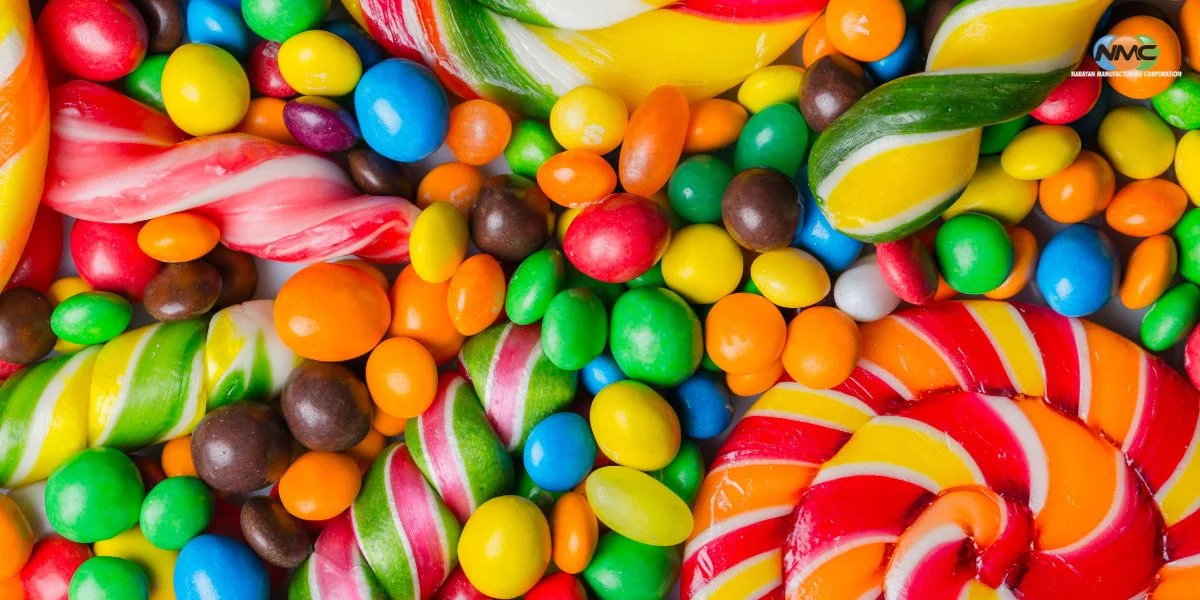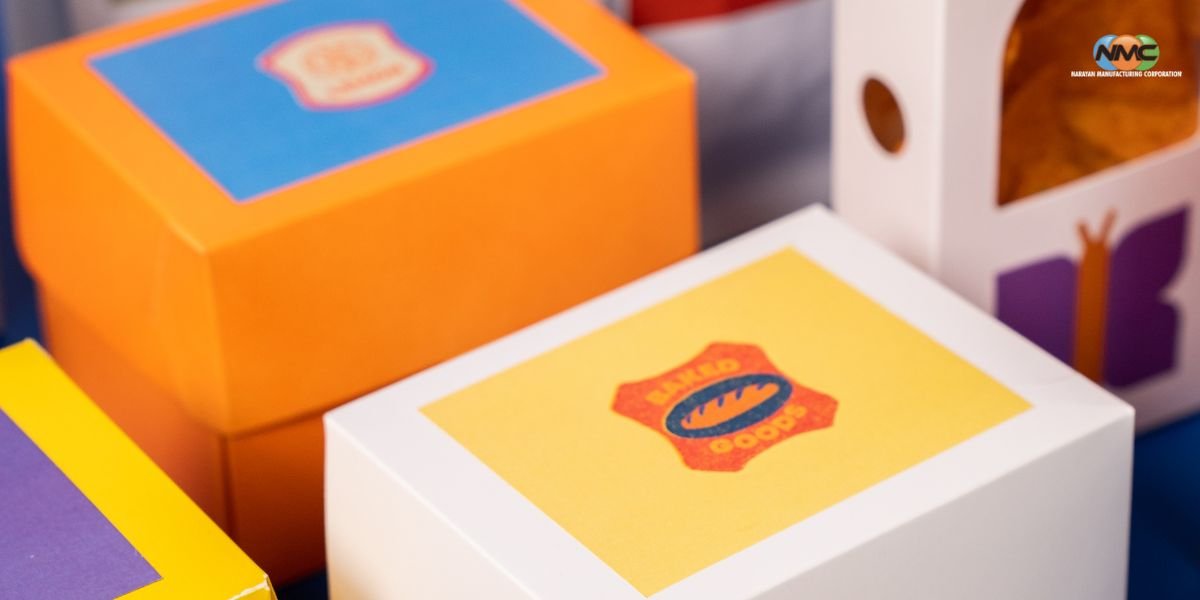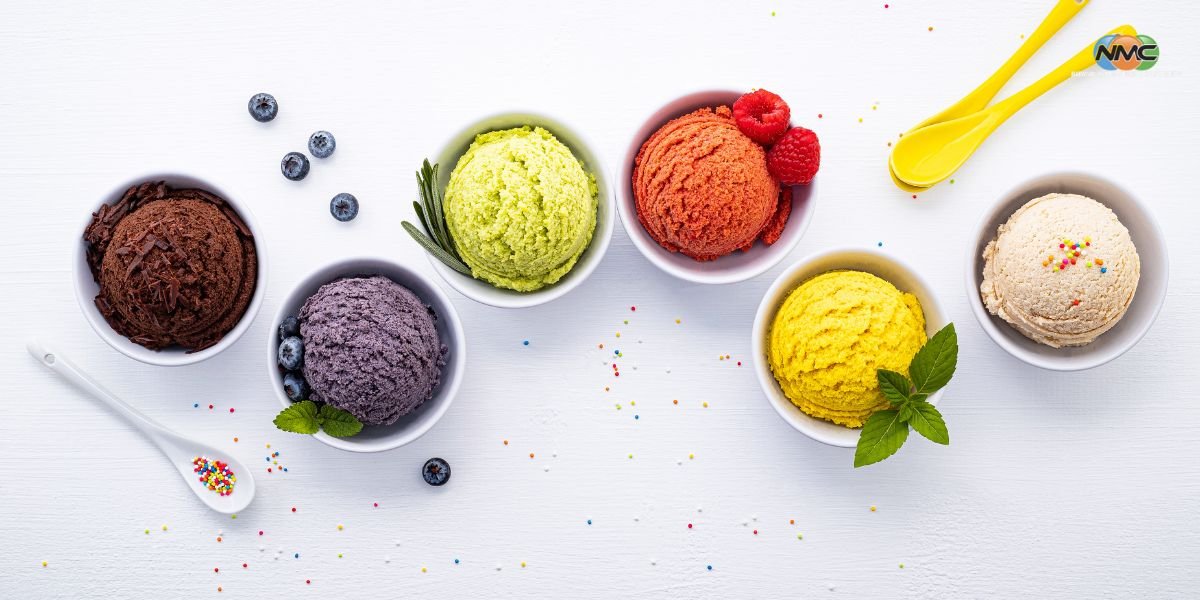In the vibrant world of culinary artistry, color plays a pivotal role in stimulating the senses and enhancing the dining experience. From rich red tomatoes to lush green spinach, nature’s palette is vast and diverse. However, when it comes to adding an extra pop of color to dishes, food-grade colors come into play.
Exploring Food Grade Colors
Food-grade colors, often referred to as food colors or food dyes, are additives used to impart hues to food and beverages. They are meticulously formulated to meet safety standards and regulations set by regulatory authorities like the FDA (Food and Drug Administration) and EFSA (European Food Safety Authority).
What Makes a Color Food Grade?
- Safety Assurance: Food-grade colors undergo rigorous testing to ensure they are safe for consumption. They must meet stringent criteria for purity, composition, and absence of harmful substances.
- Regulatory Compliance: Regulatory bodies like the FDA classify food colors into two main categories: certified colors and exempt colors. Certified colors undergo thorough testing and certification, while exempt colors are considered safe for general use based on historical usage or natural origins.
- Stability and Performance: Food-grade colors are designed to withstand various food processing conditions, including heat, light, pH levels, and storage conditions, without compromising their color intensity or stability.
- Labeling Requirements: Manufacturers are required to accurately label food-grade colors on product packaging, providing consumers with transparency regarding the ingredients used in food products.
Importance of Food Grade Colors
- Enhanced Aesthetics: Food-grade colors add vibrancy and visual appeal to a wide range of culinary creations, from baked goods and confectionery to beverages and savory dishes.
- Creative Expression: Chefs and food artisans leverage food-grade colors as a creative tool to elevate presentation, evoke emotions, and enhance storytelling through food.
- Consumer Expectations: In today’s visually-driven food culture, consumers are increasingly drawn to visually stunning dishes and products, making food-grade colors an indispensable tool for culinary professionals and food manufacturers alike.
Conclusion
In the realm of culinary innovation, food-grade colors serve as the palette with which chefs and food manufacturers paint their masterpieces. As consumers continue to seek culinary experiences that engage all senses, the judicious use of food-grade colors allows for endless possibilities in culinary creativity, all while ensuring safety and compliance with regulatory standards.
Incorporating food-grade colors responsibly not only enhances the visual allure of food but also contributes to a more delightful and memorable dining experience for all. Embrace the artistry of food-grade colors, and let your culinary creations shine with brilliance and flavor.
















